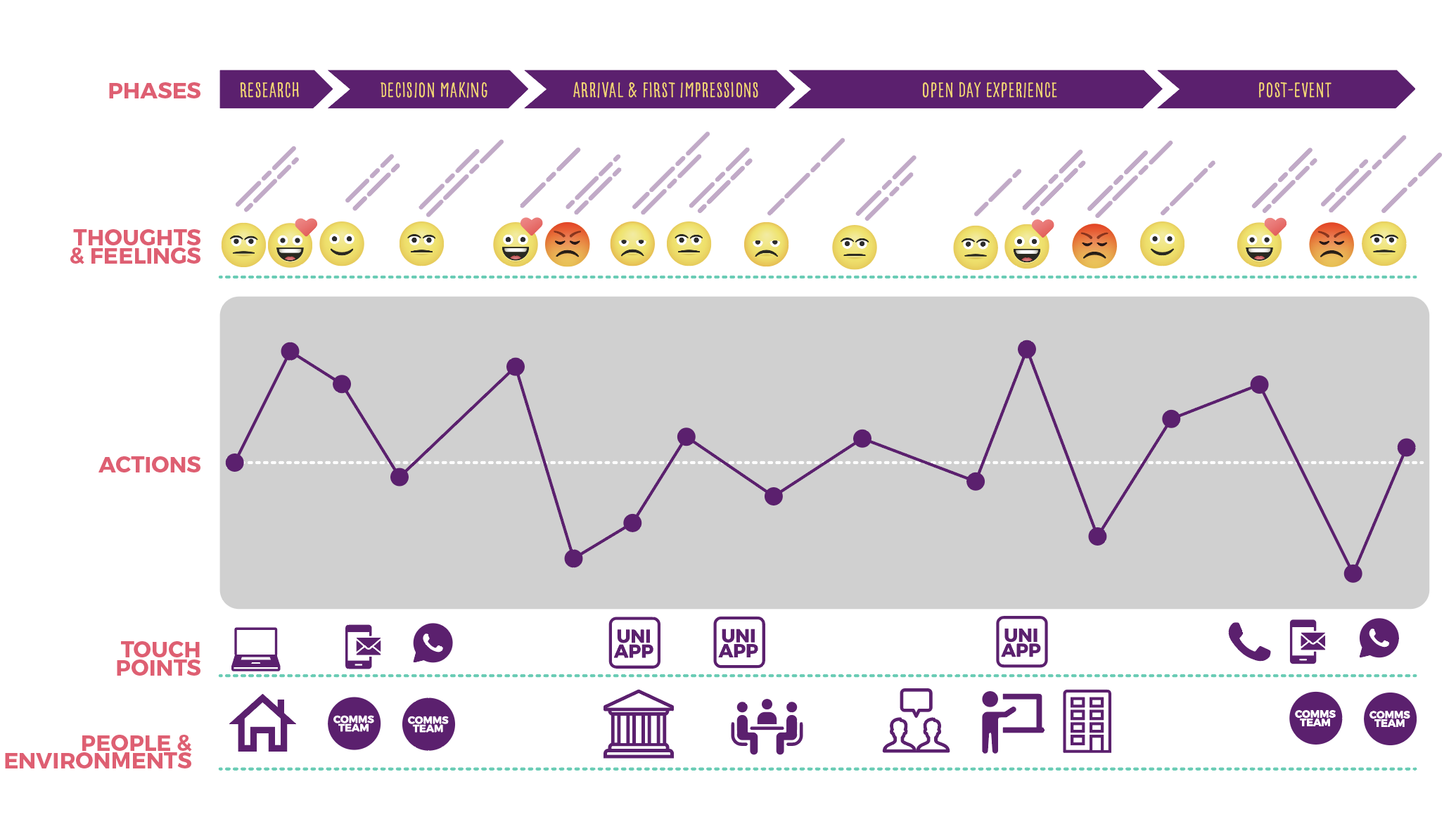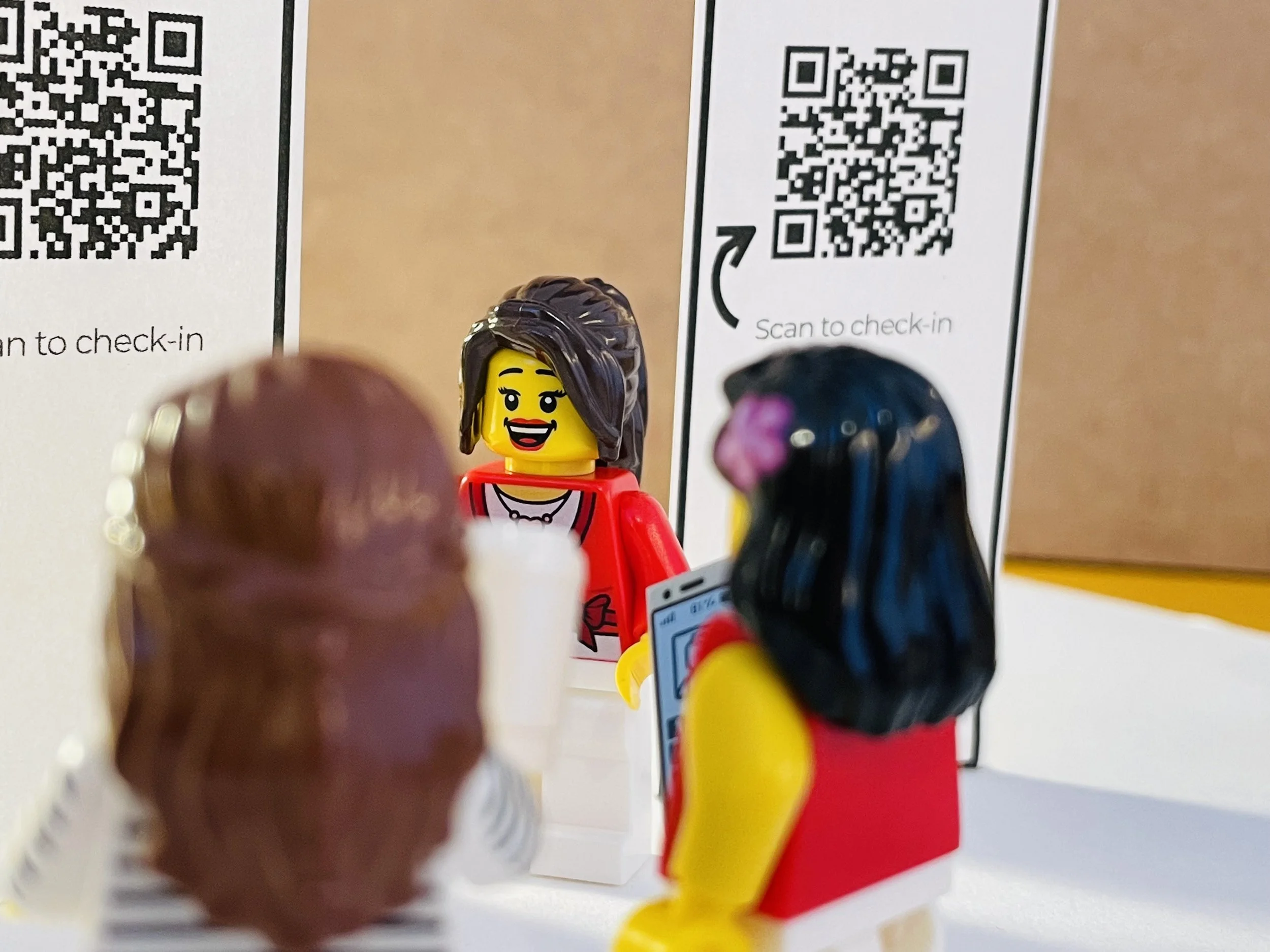Lead with Experience design
When I joined Pickle Jar, one of the first things I wanted to do was understand how the pandemic had changed education.
Just from talking to my new colleagues, It's clear that COVID has reshaped the student experience.
But exactly how has it changed, and what should we do to move forward?
A new normal
Schools, colleges, and universities are adjusting to a new normal.
The pandemic has meant institutions have had to change their vision because of restrictions, changing student priorities and tighter budgets. This has also led some institutions to explore new and exciting approaches.
Even if things return to normal, we've all learned things about our approaches - and ourselves - that will have a huge impact on what we'll do in future.
For example, in a world where in-person contact isn't an option, one question has been: How can the sector better use digital and physical touchpoints to enhance recruitment, enrollment, learning and wellbeing?
I'll be honest. There's no magic solution that can transform an institution's approach overnight. Doing this requires an understanding of how to orchestrate touchpoints successfully.
Experience design
A visualisation of a typical student journey.
Experience design is the intentional process of planning and creating a consistent experience across multiple touchpoints to create a specific response from the audience.
Unlike other approaches, Experience design gives leaders, educators, and administrators a toolkit to coordinate touchpoints across time, space, people and technology.
This means that, instead of considering a website, for example, as something that stands alone, it's considered as part of a broader experience that should work together with other physical and digital elements.
Why Experience design
From entertainment companies to healthcare providers, Experience design is being used to improve experiences. It's also being used to create more fulfilling work and help the organisation to save money.
Leading with Experience design
So what do you need to lead with experience design? There are 8 pillars you'll need to orchestrate successfully to create an experience
a clear brand,
an established style and tone for interactions across all touchpoints,
the ability to track touchpoint performance and make improvements,
a clear sense of who owns a touchpoint and is responsible for it,
a set of principles that guide the whole organisation,
a clear understanding of what your customers want and need,
a shared vision of the problem you're trying to solve and how,
a clear understanding of why you and other people should care.
Putting Experience design into practice.
The great thing about Experience design is that it's participatory. Customers and stakeholders are a part of the research, planning and creation process from the very start.
Understanding the current context
An example customer journey map for an Open day.
For example, if you wanted to improve an Open day experience, you'd work with students and stakeholders to map out the current customer journey. This is sometimes called the 'as is' state.
To do this, you'd use a range of tools and techniques to understand what it's really like, including:
analysing survey data,
experiencing the Open day first hand,
reviewing artefacts from the Open day, including things like the website, emails, signage and maps,
observing the types of conversations taking place,
interviewing with students, parents, and stakeholders.
Working with a facilitator, students and stakeholders then plot the journey out using a journey map. This process helps everyone better understand student needs, values, language, feelings and behaviour in context.
And when plotted against the organisation's own context, including processes, terminology, systems and platforms, it is possible to see how the Open day experience is created. And, by extension, how to fix it.
This participatory approach means that everyone has a shared understanding of what:
students and parents want and need,
the real problems are with the Open day.
This helps to create a sense of ownership and a focus on the things that matter. It also gives people a reason to care, as they feel invested.
Creating a new context
A desktop walkthrough, to test a method to check-in at an Open day
Finally, the facilitator works with students and stakeholders to solve the problem by visualising a solution. Say, for example, they find out that prospective students and their parents aren't checking in.
The group would work together to prototype a solution and test it. This could be in the form of a quick and dirty paper model, where students and stakeholders role play using a new solution.
What's fantastic about prototyping is that anyone can do it. It also helps reduce risks and costs by checking something works before you create it for real. Any changes are then incorporated back into the customer journey map.
Be the change
If you think that Experience design could help, or you're starting out on an Experience design project for the first time. There are some simple things you can do to make sure the project is a success.
Start small - this will allow you to test ideas quickly.
Find a willing stakeholder - partner with someone who's willing to experiment.
Share what you learn - this will help build other people's confidence in the approach.
Alternatively, if you want to learn more or chat about a potential project, book a free Experience design chat.




